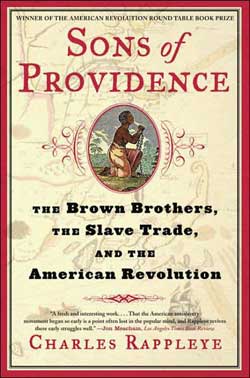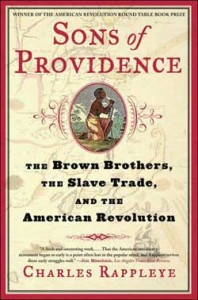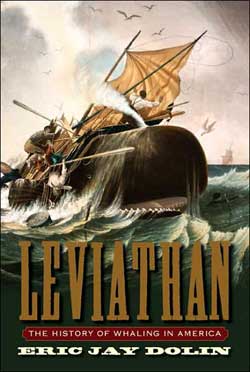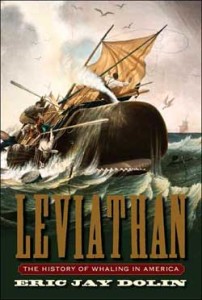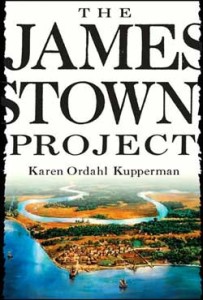Poverty, Past and Present

In Scraping By (2009), Seth Rockman takes a close look at the laborers who turned Baltimore into an early national boomtown. Common-place asked him: can the struggles of working people during the great expansion of capitalism in the United States suggest any lessons for Americans today in devising strategies to deal with unemployment, poverty, and inequality? Or is our situation today decisively different from that faced by Americans in the early republic?
 You’ve asked me to consider whether “the struggles of working people during the great expansion of capitalism in the United States suggest any lessons for Americans today in devising strategies to deal with unemployment, poverty, and inequality? Or is our situation in the early twenty-first century decisively different from that faced by Americans in the early republic?”
You’ve asked me to consider whether “the struggles of working people during the great expansion of capitalism in the United States suggest any lessons for Americans today in devising strategies to deal with unemployment, poverty, and inequality? Or is our situation in the early twenty-first century decisively different from that faced by Americans in the early republic?”
My instinctive response to these questions is to plead ignorance: “I am merely an historian of the early republic United States, and I have no particular insights to offer about anything after 1840, let alone about 2010.” This reticence owes to the memory of one of my first seminars in graduate school, when a book that explicitly engaged contemporary concerns was dismissed as “presentist.” One still sees this label in grumpy book reviews that lament the loss of historians’ once-unimpeachable objectivity. With a few more years of perspective on the profession, my sense is that “presentist” is the label applied to scholarship whose relevance you dislike. Yet this recognition hardly qualifies me to say anything intelligent about subprime mortgages and toxic assets.
That said, I don’t believe that the past is irrelevant to the current state of the American economy, and it would be hard to read Scraping By without noticing the many gestures toward contemporary labor arrangements, social welfare practices, and barriers to upward mobility. The book’s introduction mentions undocumented workers and informal markets for day laborers in the parking lots of home-improvement superstores. It also explicitly compares the pre-industrial economy of the early republic United States to our current post-industrial economy, especially in the centrality of a service sector whose workers labor under the multiple disadvantages of race, sex, and legal status. Not surprisingly, one reviewer—approvingly, I should add—called the book “a moral and political commentary on the conservative free-market ideology of late-twentieth- and early-twenty-first-century America.” So it would be disingenuous for me to claim that I was not trying to engage the present when I cut off my particular slice of the historical past.
At the same time, though, I do not think Scraping By offers “lessons” to anyone actually struggling with unemployment or economic dislocation. I labor under no illusion that writing a book about the past serves to alleviate poverty, save perhaps my own. This is a discussion I often have with undergraduates in the courses I teach about class and capitalism. We agree that scholarly production is inherently political, but not often speedy in effecting social change. If insuring that service workers received living wages were your goal, it would make sense to become an activist, lobbyist, or labor organizer. However, it would seem foolhardy to write a book about discussions of “living wages” in the 1830s in hopes that a policymaker or employer would read your book, make the analytical leap from the past to the present, and translate that epiphany into higher wages. I don’t say this to denigrate the concept of “radical history,” but merely to acknowledge that there are more expeditious means to improving the material circumstances of the economically disadvantaged.
Claims that charity destroys character and work builds it connected the early republic to contemporary concerns in very obvious ways.
When I began my dissertation in the 1990s, I envisioned a project that would explore the contours of labor at the intersection of slavery and capitalism. Frederick Douglass attracted me to Baltimore, and while the seeming anomaly of wage-earning slaves captured my attention, so too did the existence of Irish street urchins whom a slave could pay in bread for spelling lessons. I hoped to construct a labor history of unskilled labor, a study that would find the majority of urban workers toiling without the prerogatives or pretenses of craft skill. Since day laborers and domestic servants left very few of their own words in the archive, I was heavily reliant on what middling and elite commentators had to say about the early republic’s laboring people. To my chagrin, they sounded a lot like Newt Gingrich! Admittedly, it was 1995 and difficult to escape the “welfare reform” debate in American politics. Of course, it wasn’t just rhetoric that categorized the poor as “worthy” and “unworthy,” but also policy proposals that were eerily familiar to any student of the eighteenth and nineteenth centuries, as when Mayor Giuliani sought to require public labor from New Yorkers receiving public assistance. Conservative intellectuals like Gertrude Himmelfarb and Marvin Olasky invoked a mythical golden age when the poor were not indulged, but rather “made useful” both to themselves and to society. Claims that charity destroys character and work builds it connected the early republic to contemporary concerns in very obvious ways. This ended up being very fruitful for the dissertation and book I would complete in the following years.
For one, social scientists produced some fascinating research in the wake of the 1996 Welfare Reform Act that President Clinton signed into law. Almost all of it highlighted the incredibly hard work of being poor, as well as the hidden costs that make poverty very expensive for those living within it. Books like Katherine S. Newman’s No Shame in My Game: The Working Poor in the Inner City (1999) and David K. Shipler’s The Working Poor: Invisible in America (2004) strengthened my thinking about the structural causes of poverty, while reports from the Brookings Institute’s Metropolitan Policy Program offered concrete observations—for example, how the lack of full-service grocery stores in low-income neighborhoods prevented working families from gaining the economies of bulk food purchases—that forced me to reconsider the survival strategies of families two hundred years ago. The most obvious influence was Barbara Ehrenreich’s Nickel and Dimed: On (Not) Getting By in America (2000), in which the author took several minimum-wage jobs in order to report on the impossibility of translating hours and hours of work into enough to live on. I was not going to be able to time-travel to work on Baltimore’s mud machine (a dredging contraption featured in a chapter of Scraping By), but Ehrenreich’s book inspired me to write a book that would trace—in the most material terms—how people went about finding and keeping jobs, translating labor into income and income into subsistence, relying on informal and illegal exchanges to make up the difference, and engaging charity and public welfare when all else failed. When people would ask me about the book I was writing, I would frequently say, “Barbara Ehrenreich’s Nickel and Dimed, circa 1818.”
Something surprising happened as I focused my attention on the material aspects of working-class survival and the structural impediments to upward mobility: I found far more commentary along these lines emanating from the early republic itself. Most notably, Philadelphia publisher Mathew Carey began producing tables that compared a female seamstress’s yearly earning with her yearly expenses, and found that fulltime labor was practically a money-losing proposition. When Baltimore lawyer Ebenezer Finley spoke on behalf of that city’s seamstresses in 1831, he declared their deservingness of “living wages,” a term I certainly did not expect to see so early on. I also found white commentators in 1830s Baltimore who attributed the plight of the city’s free black population to the material hardships of poverty and unemployment, rather than to innate racial inferiority. All told, the causes of poverty and the role of the state in alleviating it elicited an early republic debate that was more robust than the one that dominated American politics in the 1990s. After all, the 1820s had a Thomas Skidmore calling for property redistribution, and a Frances Wright and Robert Dale Owen touting state-operated compulsory boarding schools as a means of enforcing equality.
The troubling category of “illegal workers” offers another possibility for thinking about the present via the past. Who were the “illegal workers” in early republic Baltimore? Runaway slaves, of course, who presented themselves as free to employers disinclined to ask many questions. Some of these runaways sent money or supplies to relatives still enslaved in the Maryland countryside; others used their earnings to try to negotiate their own purchase. Yet vulnerability to recapture left such workers with little leverage in the urban labor market and subject to being underpaid or cheated. After 1832, free people of color who migrated to Maryland from Virginia and North Carolina were also considered “illegal,” although urban employers made no pretense of respecting the law banning their hire. Then, as now, the severest penalties fell upon workers themselves, who faced astronomical fines and the prospect of temporary re-enslavement in order to pay them. The “illegal” workers of early republic Baltimore traveled great distances over hostile terrain so that they could work ridiculously hard jobs in hopes of improving the prospects of their families. Sound familiar? A few years ago, after police raids on several Baltimore businesses resulted in the arrest of 69 undocumented workers who would soon face deportation, I published an op-ed in the Baltimore Sun on this longer history of “illegal” workers. Insofar as the city’s African-American population was reputedly hostile to Latin American workers they deemed as rivals in a tight labor market, I hoped that the gentle comparison of runaway slaves to today’s undocumented workers might ease tensions and promote new solidarities. Judging from the several flames I received over e-mail during the next several days, I was wrong.
Scraping By says little about the financiers who inflated the speculative bubbles that popped in 1819 and 1837, and while one does not encounter the early republic analogues to Goldman Sachs in its pages, there is a certain familiarity to a story in which the bad decisions made by those at the top of the economy reverberate to the detriment of those at the bottom. A group of malfeasant bankers lost the savings of many of Baltimore’s low-income families (especially widows) in 1834, and the refusal of those responsible to open their books to investigators prompted a riot the following year (see Common-place, July 2003). And the instability of the national banking system sent the economy plunging into depression for the last years of the decade. When all was said and done, however, these economic upheavals did not radically alter the prospects of the workers on the lowest rungs of the labor force. In the best of times, a job unloading ships, digging foundations, stitching coats, or emptying chamber pots offered a completely precarious livelihood, one that usually required dependence on other family members’ incomes and labor in order to meet basic subsistence needs. If the working poor were able to weather economic crises without much additional dislocation, it was because the very same survival strategies were necessary in flush times as well. I suppose, then, this is a lesson that Scraping By can tell us about the present.
This article originally appeared in issue 10.4 (July, 2010).
Seth Rockman is an associate professor of History at Brown University. He is the author of Welfare Reform in the Early Republic (2003) and Scraping By: Wage Labor, Slavery, and Survival in Early Baltimore, which won the 2010 Philip Taft Labor History Book Award and was the co-winner of the 2010 Merle Curti Award from the Organization of American Historians. He is currently writing a book on “plantation goods”—the shoes, shovels, hoes, and hats manufactured in the North for use on Southern slave plantations.
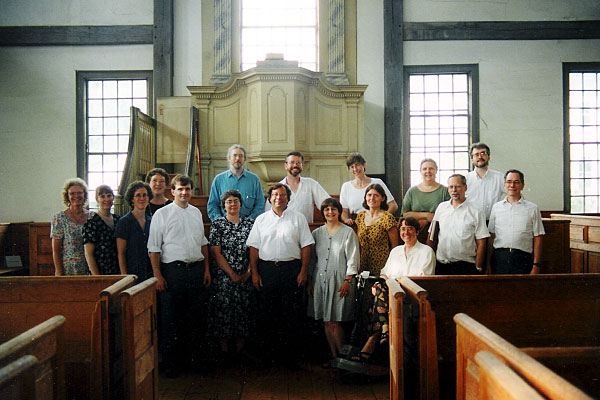

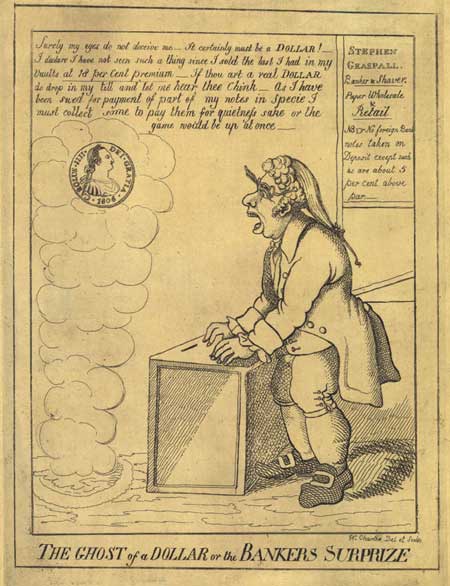



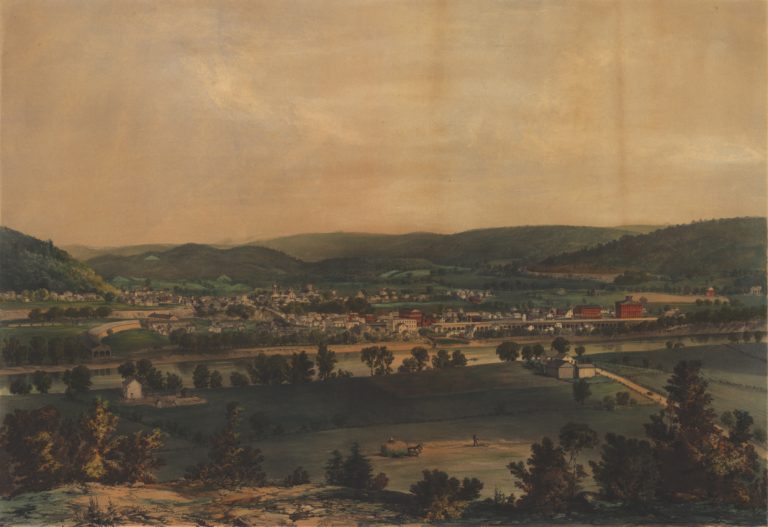

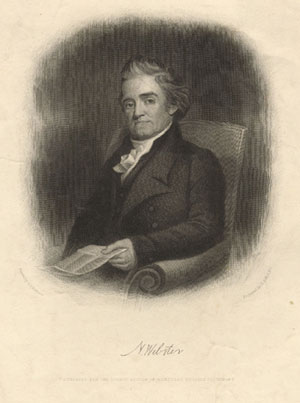
![N. Webster, by S. F. B. Morse; engraved by H. B. Hall for the Quarto Edition of Websters English Dictionary (c. 1825-1837 [?]). From the American Portrait Prints Collection at the American Antiquarian Society. Courtesy of the American Antiquarian Society, Worcester, Massachusetts.](https://commonplace.online/wp-content/uploads/2016/01/8.3.Cullen.1-223x300.jpg)
![Portrait of General Washington. Frontispiece from The New England Primer, Enlarged (Boston, 1787 [?]). Courtesy of the American Antiquarian Society, Worcester, Massachusetts.](https://commonplace.online/wp-content/uploads/2016/01/8.3.Cullen.2-238x300.jpg)
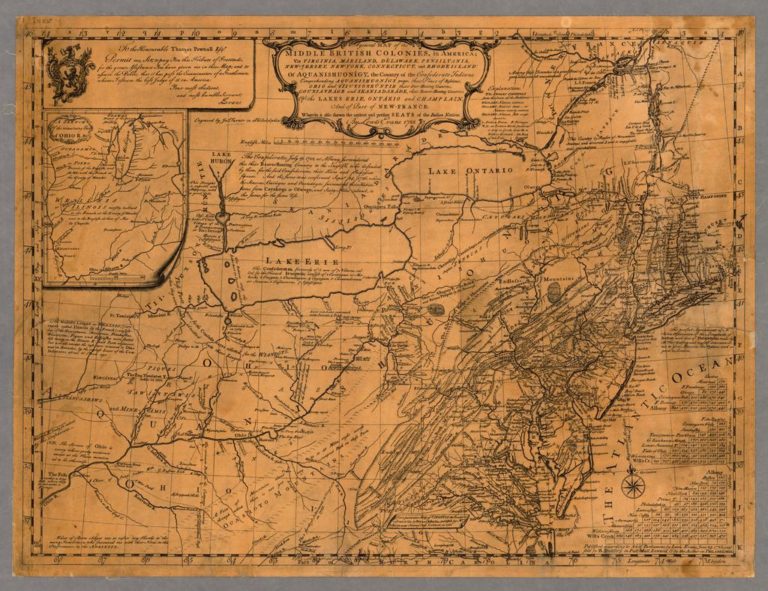








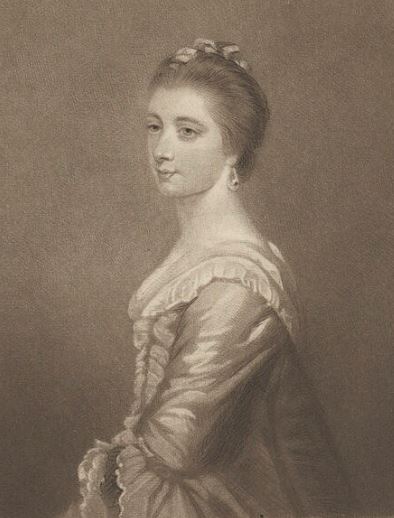
![Mary Hayley (née Wilkes), mezzotint by and published by Samuel William Reynolds, after Sir Joshua Reynolds (1821 [1763]). © National Portrait Gallery, London (D15231). Courtesy of the National Portrait Gallery, London.](https://commonplace.online/wp-content/uploads/2016/01/8.3.Moniz_.1-189x300.jpg)
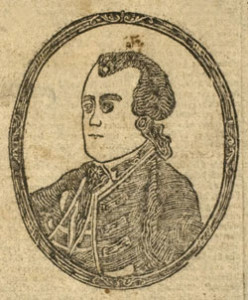
![John Hancock, painted by J. Herring from the original by J.S. Copley in Faneuil Hall; engraved by L.B. Forrest (c. 1835). From The National Portrait Gallery of Distinguished Americans, vol. II, conducted by James Herring, New York, and James B. Longacre, Philadelphia, under the superintendence of the American Academy of Fine Arts (1835-[1839]). Portrait Print Collection at the American Antiquarian Society. Courtesy of the American Antiquarian Society, Worcester, Massachusetts.](https://commonplace.online/wp-content/uploads/2016/01/8.3.Moniz_.3-166x300.jpg)
